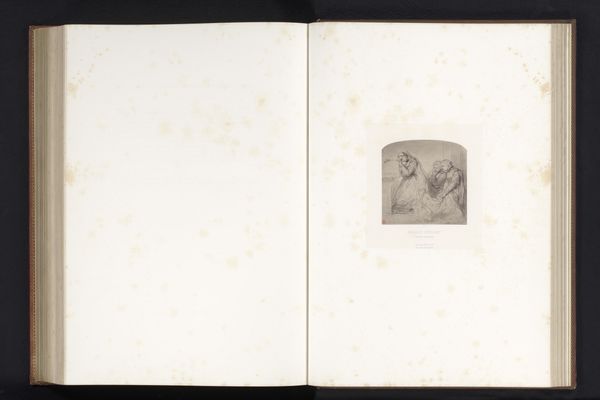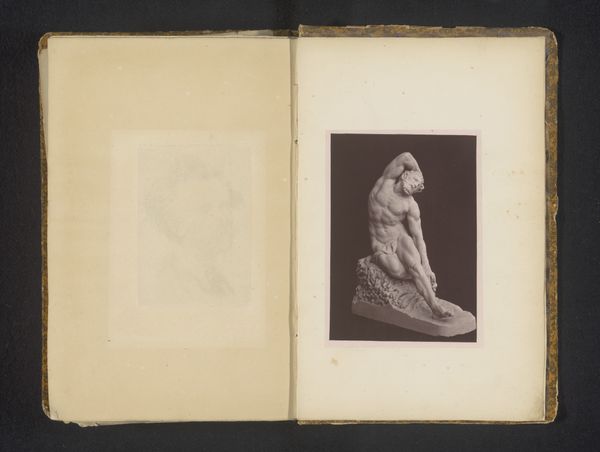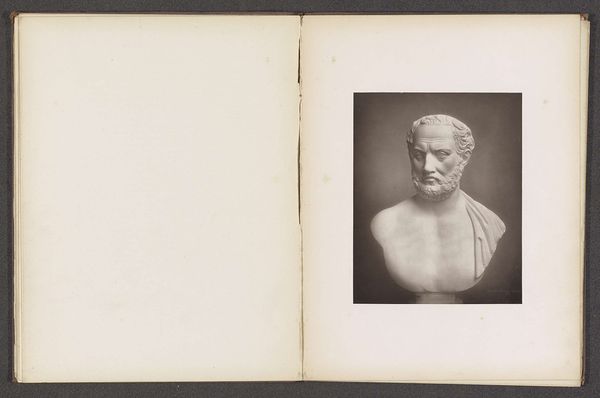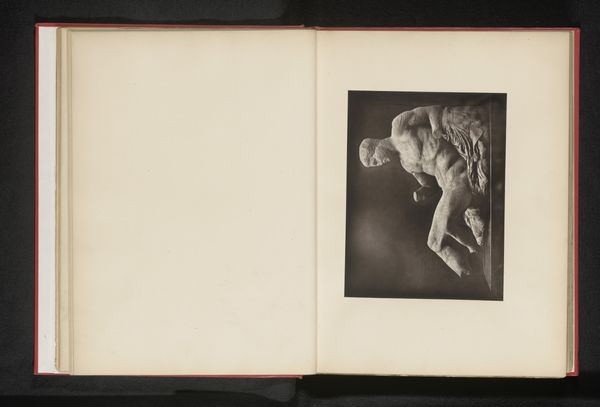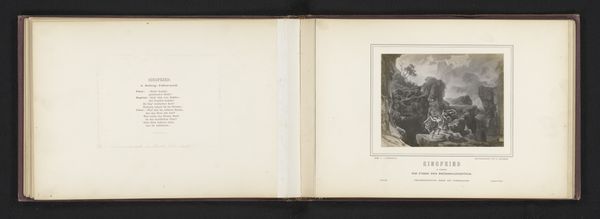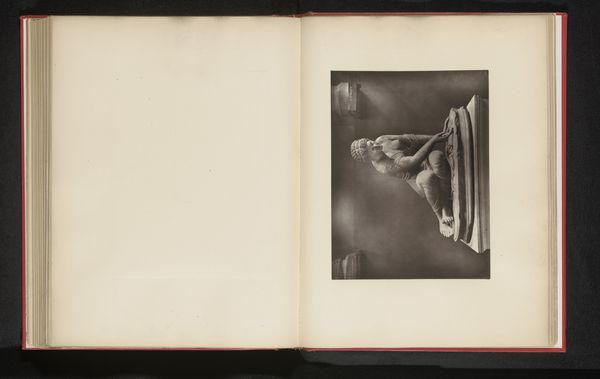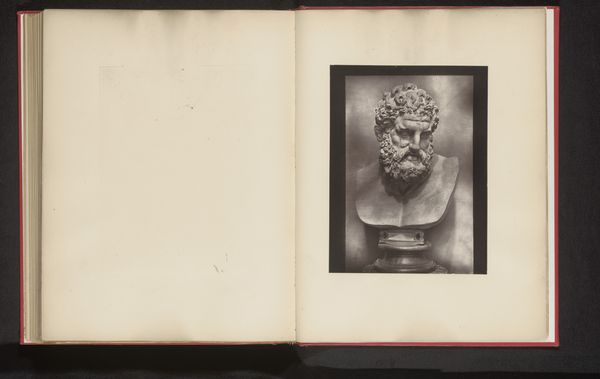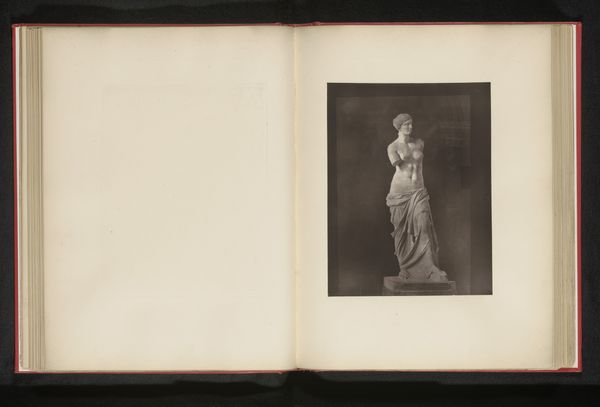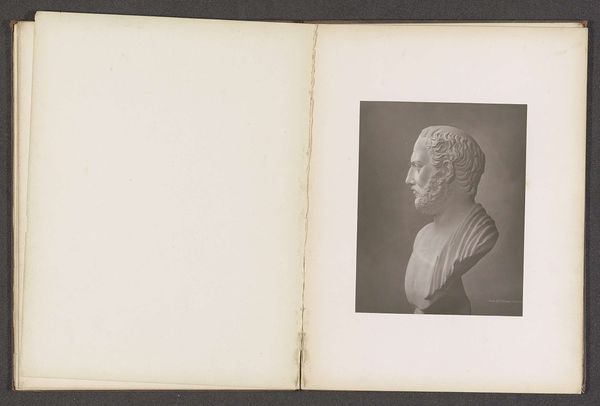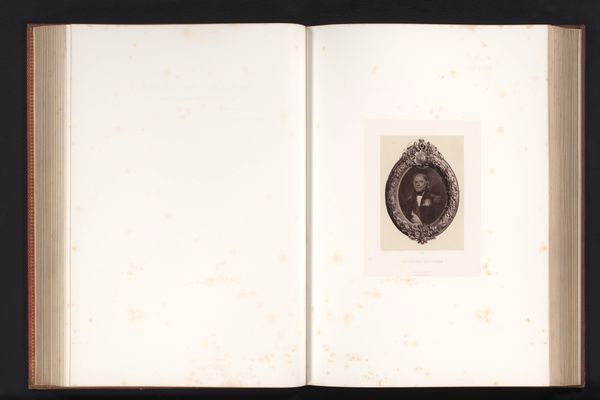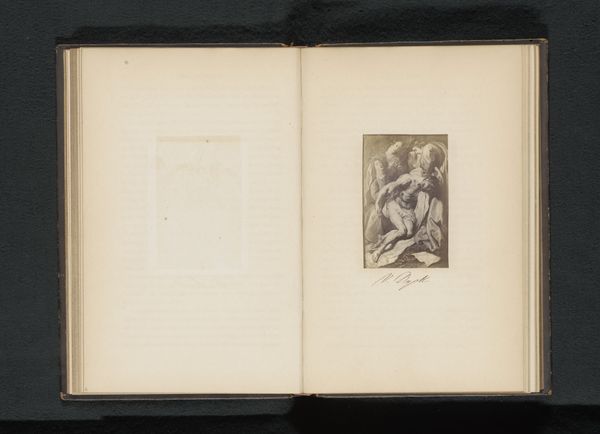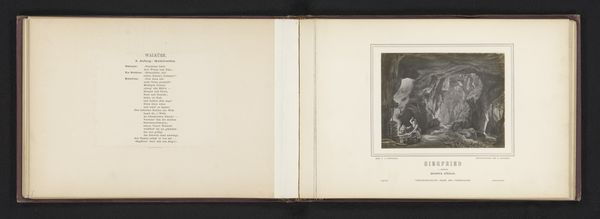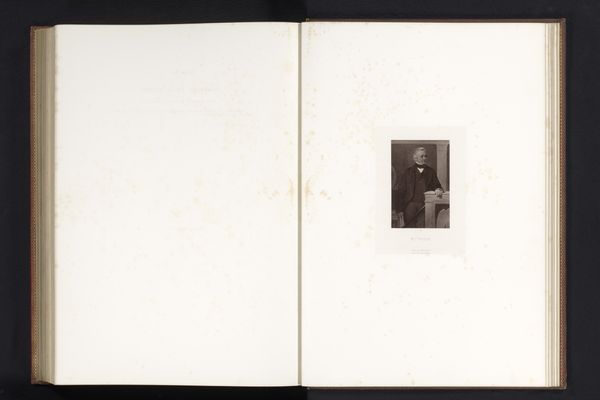
print, photography, gelatin-silver-print
#
portrait
# print
#
photography
#
gelatin-silver-print
#
realism
Dimensions: height 115 mm, width 106 mm
Copyright: Rijks Museum: Open Domain
Curator: This gelatin-silver print from before 1881 by Maurits Verveer depicts a bust of Prince Frederik of the Netherlands. It currently resides in the Rijksmuseum collection. What's your immediate reaction to this work? Editor: The monochrome really highlights the starkness. I am interested in the fact that this isn’t Frederik himself, but a photograph of a bust, so it’s another remove from reality. Curator: Absolutely. The bust itself already serves as a symbolic representation, almost an idealization. Verveer, in photographing it, is engaging with existing iconography and then, arguably, transforming its context. Consider, for example, how portrait busts were traditionally reserved for emperors, leaders, important figureheads and, usually, sculpted out of stone. Frederik's accoutrements indicate military or aristocratic status. Editor: The print certainly underscores the way the work would have been disseminated. These gelatin-silver prints are, after all, mechanically reproducible, which makes me think of their circulation, and questions of democratization and access to imagery. Photography at the time was advancing significantly and I am curious about how production costs were changing access and challenging traditional forms of patronage. Curator: That's insightful. I also wonder what this "double portrait" signifies – an attempt to immortalize twice over? Or to emphasize the "official" nature of Frederik's persona by focusing on a sculptural representation, made more portable through print? There’s something compelling about this visual lineage of power. Editor: It's also a way to standardize the image for wider distribution, even potentially to memorialize him or offer political statements of alignment and support. That makes me question Verveer's involvement, his background and the network in which he worked. Curator: The gelatin-silver print and its photographic realism does emphasize precision and a degree of 'truth' in representation. It does serve as more than just a portrait; it carries social and political meaning within its layers. Editor: Yes, and those material details shape our interpretation, influencing who sees it, where they encounter it, and how its message spreads. Curator: Very true. Looking closer at the artist, knowing how materials dictate distribution changes everything. Thank you. Editor: My pleasure! Thinking about the accessibility of this image now feels quite relevant.
Comments
No comments
Be the first to comment and join the conversation on the ultimate creative platform.
